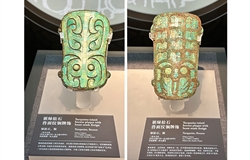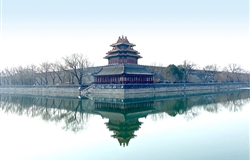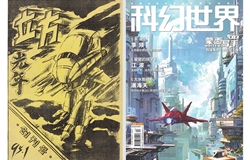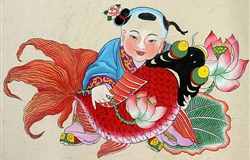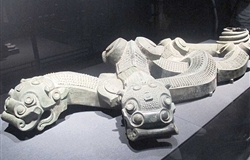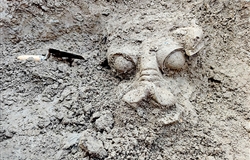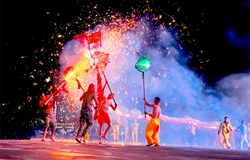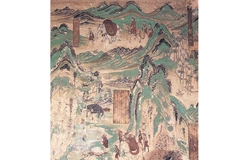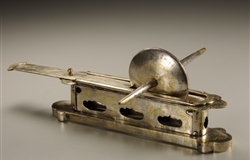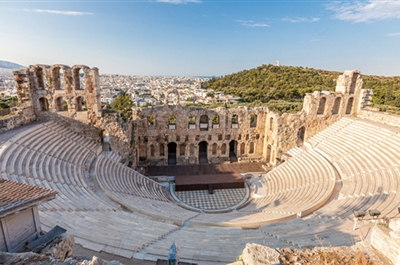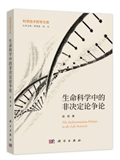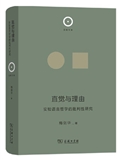Culture
-
While Erlitou bronzes generally retained simple forms, often imitating earlier pottery and stone items, they laid the foundation for the structural …[详细]03-20-2025
-
The practice of ice harvesting, now a relic of the past, involved cutting massive slabs of ice from the river during the coldest days of winter and …[详细]03-13-2025
-
It was not until the 1990s that sci-fi fan groups became firmly established. Prominent sci-fi fan clubs appeared in cities such as Beijing, Tianjin,…[详细]03-06-2025
-
The defining characteristic of Wuqiang New Year pictures lies in their simplicity and directness. Without need for explanation, they express the mos…[详细]02-27-2025
-
A careful inventory of the recovered items identified eight bronze fragments, weighing a total of 92.5 kilograms. According to the suspect’s confes…[详细]02-20-2025
-
Unlike the yellow-glazed dragon heads on Ming (1368–1644) and Qing (1644–1911) imperial palace roofs, which signified imperial status, this Tang-e…[详细]02-20-2025
-
Diverse ethnic groups celebrate with vibrant customs and rituals, each bringing its unique traditions to the occasion. Despite the differences in ho…[详细]02-13-2025
-
An examination of festival traditions across historical periods reveals that the structural framework of traditional Chinese festivals has remained …[详细]02-06-2025
-
New techniques emerged during the Western Wei period, introducing more sophisticated depictions of natural features. For instance, some mountain pea…[详细]01-23-2025
-
In terms of tea preparation, the Tang saw the rise of the “jian cha” method, in which tea cakes (compressed tea) were ground into powder and boile…[详细]01-16-2025
- In 221 BCE, the Qin wars of conquest brought an end to the Warring States Period, a tumultuous era marked by…MORE
- The tradition of painting coffins is deeply rooted in Han culture, and the origin of the lian-bi patterns ca…MORE
- China’s Great Wall dates back as early as to the Spring and Autumn period.MORE
- The Miaodigou culture was viewed as the heyday of painted pottery.MORE
- Xu Zhimo was known for his efforts to set Chinese poetry free from the constraints of its traditional forms,…MORE
-
Let me state that I am against a certain “apologetic” stance taken by the entire field of the humanities r…[详细]

